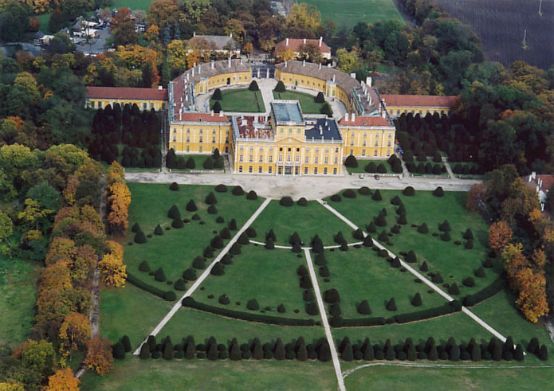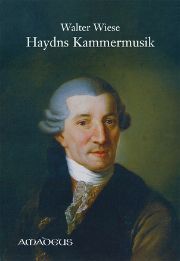Tricky task
Walter Wiese concludes his chamber music explorations with Joseph Haydn. The string quartets take center stage.

Walter Wiese worked as a lawyer in ministries and at the German NATO representation. He also played intensively as a violinist in chamber music ensembles. His chamber music library began in 2001 with a volume on Mozart. This was followed by: Czech chamber music, Schubert/Mendelssohn/Schumann/Brahms and Beethoven (reviewed in the SMZ 2011/4 S. 37). In his 80th year, the fifth volume, Haydn, concludes the series. The long hesitation can be understood by the particularly tricky task: it was necessary to make a selection from the abundance of works (including 77 string quartets, 45 piano trios and 126 baryton trios) and to do justice to a personality who is still widely underestimated as a writer close to nature and the people ("Papa Haydn") or as a pioneer.
Haydn wrote the baryton trios for his brother, Prince Nikolaus I Esterházy, who was passionate about playing the unusual low string instrument. One may regret that some gems among the baryton trios (on one and a half pages of the book) and 30 piano trios are generally ignored. On the whole, however, it is an advantage that Wiese focuses on the development of the string quartet, Haydn's pioneering achievement that continued for half a century. The restriction to the late piano trios composed in London is also to be welcomed. It allows an examination of the individual characteristics of Haydn's multifaceted oeuvre, supported by musical examples.
The lively, thoroughly personal account is supplemented by skillfully cited, extensive secondary literature. The book thus goes far beyond a guide to chamber music. It meets the high demands not only of amateurs, but also of professional ensembles. Wiese's experience is expressed in a number of practical suggestions on tempo (e.g. misunderstood "Presto" in final movements), on following repeats, on articulation etc. As usual with the Amadeus publishing house, this volume meets the highest quality standards, making it a valuable gift.
Only aspects of formal theory, which are particularly interesting and innovative in Haydn, are somewhat neglected. Two examples will suffice: In the first movement of the Piano Trio in C Hob. XV/27, the development section does not end after the general pause on the dominant G major: There begins a mock recapitulation in surprising A flat major without modulation, which wittily modulates back in stages, unlike in the following piano trio. In the String Quartet in E flat op. 33 no. 2, the interesting modulation of the development section and the short mock recapitulation in C minor before the shortened recapitulation also remain unrecognized.
However, the intricate development of the string quartet's oeuvre is impressively presented. Each opus, which usually comprises six quartets, is first given a fitting characterization before Wiese goes into the individual works. The astonishing history of the creation of the Seven last words of our Savior on the cross.
Walter Wiese, Haydn's Chamber Music, with many illustrations and music examples, 262 p., Fr. 56.00, Amadeus, Winterthur 2013, Order No.: BP 2190, ISBN 978-3-905786-12-5








